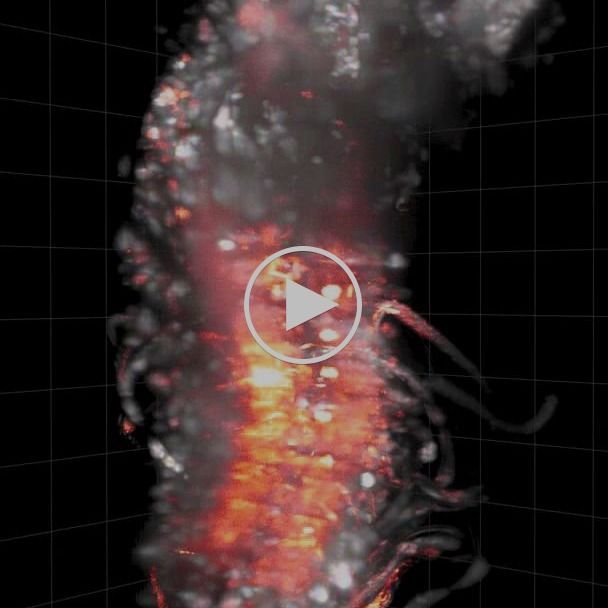Cancerous melanoma cells, shown with their cell bodies (green) and nuclei (blue), are nestled in tiny hollow lumens (tubes) within the cryogel (red) structure. (credits: Thomas Ferrante, Sidi A. Bencherif / Wyss Institute at Harvard University)
A new biologically inspired “injectable cryogel whole-cell cancer vaccine” combines patient-specific harvested cancer cells and immune-stimulating chemicals or biological molecules to help the body attack cancer. It has been developed by scientists at Harvard’s Wyss Institute and Dana-Farber Cancer Institute.
This new approach is simpler and more economical than other cancer cell transplantation therapies, which harvest tumor cells and then genetically engineer them to trigger immune responses once they are transplanted back into the patient’s body, the researchers say.
The research, headed by Wyss Core Faculty member David Mooney, Ph.D., was reported online in an open-access paper in Nature Communications on August 12.








